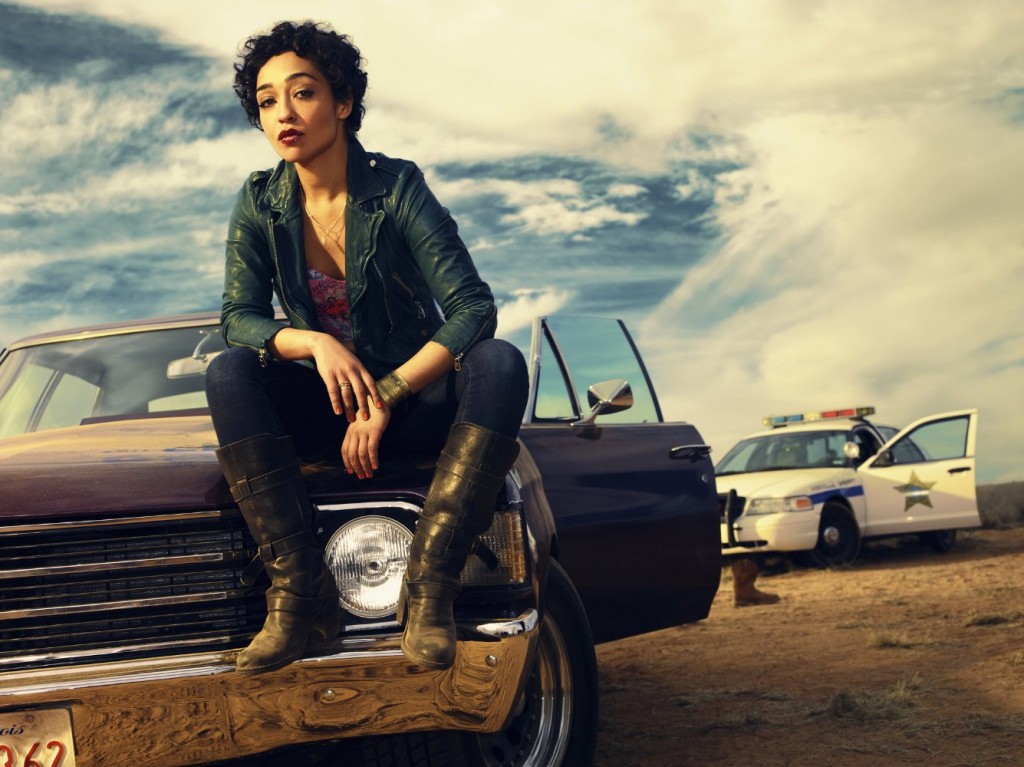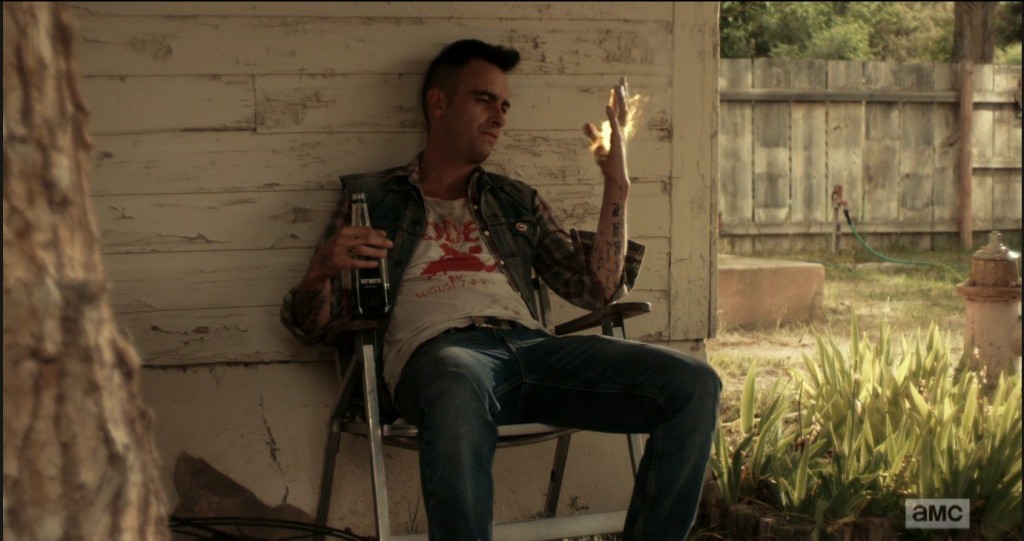by Andy Niemann
Ever since Garth Ennis’s Preacher was announced for a television adaptation way back in 2013, I was skeptical, especially after learning of several other failed adaptations. Furthermore, it was announced that the AMC show was being helmed by stoner comedy duo Seth Rogen and Evan Goldberg. Don’t get me wrong, Superbad and This Is the End have lasting appeal and some fun sequences, but I expected someone with perhaps a finer palate and experience with adapting comic book concepts.
Ennis’s Preacher, if you’ve never read it, is a 75-issue sprawling epic filled with Christian eschatology, violent sequences, and tons of incredibly problematic material by today’s standards. There was no way in hell (or heaven) that a slavish page-for-page adaptation could work for television. Instead, Rogen and Goldberg take an approach offered by AMC’s The Walking Dead: adapt the characters and place them in scenarios that are inspired by the comic book but aren’t exactly faithful to the page.
Preacher starts off immediately showcasing its mythology. The first two episodes have entirely cold opens, with the actual opening theme not occurring until the third episode. The pilot begins with a cosmic heavenly body screaming like a baby hurtling through space until it falls to earth where it enters the body of an African preacher…who promptly explodes into a gory mess. Before we meet any of the main characters, Preacher establishes the bizarre, violent nature of its world. The cold open of the second episode sublimely establishes a mysterious cowboy (Graham McTavish) who will come to be known as The Saint of Killers. I find both these scenes to be incredibly important in establishing tone and plot, as well as proving that Rogen, Goldberg, and fellow screenwriter Sam Claftin absolutely nail what makes the work of Ennis and artist Steve Dillon so great.
Preacher, however, lives on the backs of its trio of characters: Jesse Custer, Tulip, and Cassidy. It goes without saying that Ruth Negga is the strongest choice of casting here. Even putting aside the welcome race bending (Tulip in the book is white; in the show, of mixed race), Negga hits the ground running, making Tulip an instant fan favorite. Her character introduction is told completely in flashback, where we see her construct a homemade rocket launcher while babysitting some kids. Tulip is the human embodiment of a bottle rocket. She’s gorgeous and unsuspecting until she knocks you straight into the sun. Her chemistry with Dominic Cooper (Jesse) is instantly present, and I can already see the terse history these two have together. Dominic Cooper is given the biggest hurdles because, in any other show, Jesse Custer could come off as an oppressive wank. Custer is a classic case of clinical depression who is blessed with the power of God’s speech from the aforementioned baby comet. This bestowed power grants him the ability to make people do anything he demands. Being the titular preacher, Custer suffers from script exposition and Cooper doesn’t quite hit the mark like his co-stars in the pilot. By the second episode, however, Cooper comes into his own and sells Custer’s weight-of-the-world attitude clashing with his strong faith in a higher power.
The third member of the group is the rakish Cassidy (Joseph Gilgun) who is involved in two of the best choreographed fight scenes I’ve ever seen on television. Cassidy’s introduction is on an airplane, where he takes down an entire group of goons in a free-fall. His big fight in the second episode is a highlight that involves two angelic G-Men and a chainsaw. Did I mention Cassidy is also a vampire? It would be tough for an audience to relate to an amoral Irish vampire who bites into people’s jugulars, but Gilgun manages to do this by heightening the character’s supreme ego. His accent is pretty thick, however, and I find myself wishing for subtitles when he has dialogue. Gilgun, like Negga, also has an impressive amount of chemistry with co-stars Negga and Cooper that I’m eager for the show to explore.
Of course, for my sake, a comic book show is only as good as its villains. Enter Odin Quincannon, played here by the always welcome Jackie Earle Haley, as well as his corporate muscle Donnie Schenck (Derek Wilson). Odin was the first major antagonist Custer faced in the comic, so it’s great to see him adapted in the TV show as well. In the show, Odin is an extremely off-putting man who never needs to lift a finger to prove his brutish nature. He’s a monster who listens peacefully to the sound of animals being slaughtered and pisses in a politician’s briefcase when he doesn’t get his way. Custer’s attempt to bring him into the fold of religion will surely backfire on him.
Another important character, who is slightly neutral, is Sheriff Root (W. Earl Brown), who doesn’t seem to like Jesse or any of the strange happenings that follow him. His son Eugene (Ian Colletti) is one of the more interesting characters from the comic that seemed to discourage an adaptation. Called Arseface due to the disfigurement resulting from his botched suicide attempt via shotgun to the face, Eugene is both horrifying to look at and an absolute sweetheart. Newcomer Colletti conveys a sensitive, thoughtful character underneath a thick layer of SFX makeup. Eugene isn’t really used to the greatest extent in the first four episodes, but he will most likely become one of the show’s breakout side characters.
Overall, Preacher is a raucous comics to TV adaptation — if one not for the faint of heart — that wisely chooses to go off the map.




